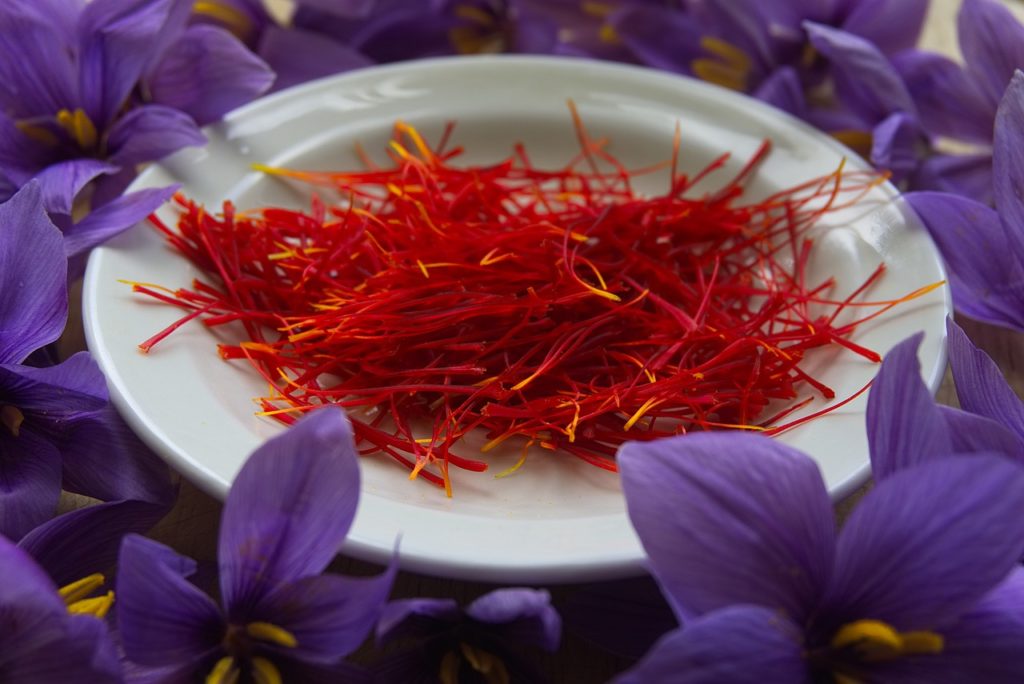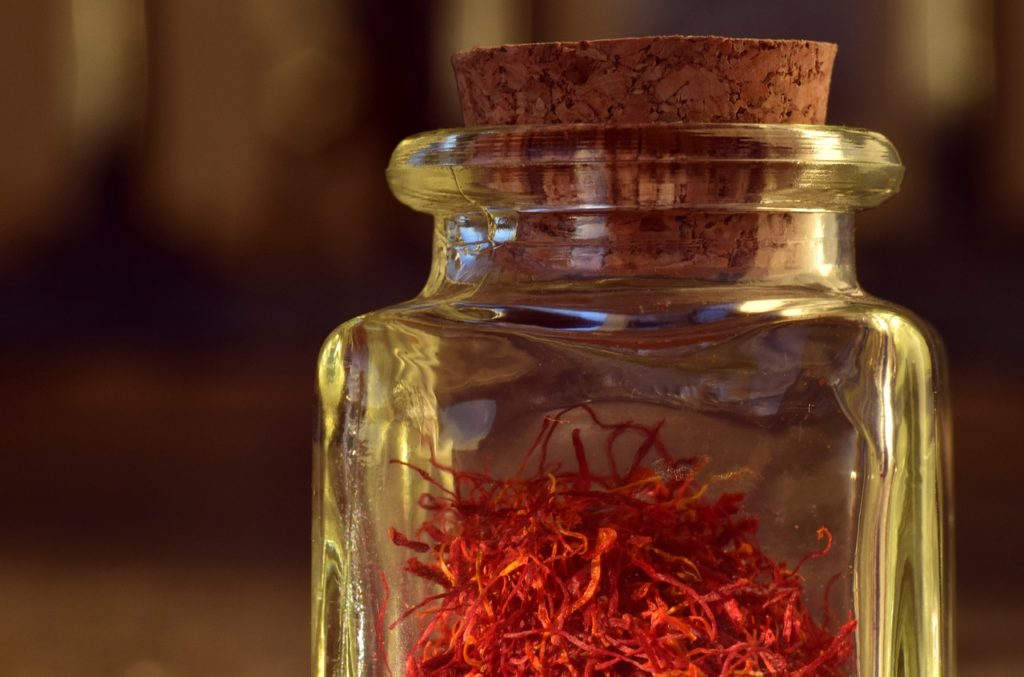Saffron, a spice that is so valuable that earned the nickname “red gold,” has become a staple crop in Afghanistan’s agriculture industry. While the spice has been grown in the country for several decades, it has only recently witnessed a jump in production and could provide a significant boost to Afghanistan’s agricultural sector.
In January, statistics revealed a 22 percent increase in the saffron harvest between 2018 and 2019, a total of more than 19 tons of the spice. In 2018, Afghan farmers harvested 16 tons of saffron. The harvest came from several different provinces, primarily those in south and central Afghanistan, and produced an income for farmers of as much as $27 million.
Afghan saffron is highly valued due to its quality. Typically, it sells for between $1,000 and $1,500 per kilogram on the world market, and producers believe the price could reach as high as $3,000 per kilogram. The crop has produced thousands of new jobs for Afghan people and improved local economies in those areas where it is grown.
The Story of Saffron

Saffron is a relatively new crop in Afghanistan. In the 1990s, it gained traction when an employee for a Danish aid organization traversed western Afghanistan trying to convince farmers to switch from growing wheat to growing saffron. It was not an easy sell. While saffron can be a lucrative crop, each flower only produces a few strands of saffron that must be harvested by hand in the early morning by workers wearing clean clothes, masks, and gloves. In order to make a profit, farmers must grow thousands of saffron plants.
The aid worker had spent more than 10 years in Iran, where he studied cultivation techniques and learned about saffron. There, he saw its potential to flourish in Afghanistan.
To make his task even more difficult, however, Afghanistan was suffering from a drought and famine loomed. At the time, growing food seemed more important than an exotic spice. However, the aid worker argued that growing saffron would be worth the farmers’ while because it could be so profitable—for local markets and for export. Eventually, he made sufficient headway to obtain a $100 grant for a pilot program at four farms in the Herat Province.
Only one of the four farmers stuck with saffron farming. He is now wealthy and owns a company, a vineyard, and a large pistachio plantation and grows saffron on 35 acres. He employs 150 workers during the saffron harvesting season and owns a house and multiple cars.
A Hopeful Future

Saffron has brought economic fortune to many others in Afghanistan and has become a substantial crop there. Now, more than 24,000 farmers grow the spice, which is harvested in all but one of the country’s 34 provinces. Herat Province has become the country’s largest saffron producer. In addition, Afghanistan is the third-largest saffron producer in the world (following India and Iran). The Daikondi province in central Afghanistan recently made the news for becoming the country’s second-most important in cultivating saffron. Here, local official say that saffron is grown on 40 acres across six districts. Province leaders have asked the Afghan government for additional support, including marketing, saffron onions, and technology to dry the plants.
The aid worker is now the Afghan government’s top advisor for the country’s saffron industry. He spends most of his days talking, reading, or meeting about saffron. He still dreams of more and hopes that Afghanistan will eventually produce as much as 50 percent of the world’s saffron.
There is still a long way to go, however. Currently, about 4 percent of the world’s saffron is produced in Afghanistan, while about 90 percent is produced in Iran. Both countries are jockeying for position in the saffron market.
The aid worker still travels around the world to promote Afghan saffron, and he says that the country’s potential for growing the spice is far from realized. Afghan saffron is gaining world recognition—the International Taste and Quality, an international organization based in Belgium, ranked it first in the world in quality in 2019, and officials have estimated the country’s production could increase to 21 tons in 2021.
The spice also is making its way into markets around the world, including in Saudi Arabia and Europe, and a growing number of farmers are taking interest in it.
“Saffron has given Afghanistan a good name in world markets,” Afghan saffron dealer Hajji Ibrahim recently told the Arab News. “Farmers in many parts of Afghanistan now have turned to it.”

